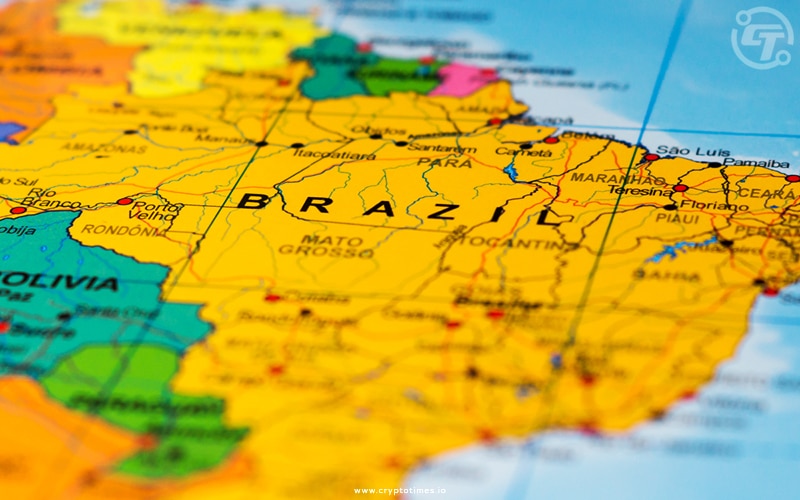Latin America is rapidly adopting blockchain technology and stablecoins, positioning itself as a leader in digital finance. The region’s engagement with these technologies is part of a larger trend towards financial interoperability and Web3.
Latin American citizens have transacted $562 billion in digital currency in the past year, demonstrating the region’s robust market demand and policy support for these innovations.
Stablecoins, particularly, are becoming integral to the region’s financial landscape. With global stablecoin settlements reaching $7 trillion last year, they are increasingly used for everyday transactions in Latin America.
This shift is driven by the need for more accessible financial services and the region’s large underbanked population. According to Circle, Mastercard reported that 51% of Latin American consumers have purchased with digital currency.
The region’s unique combination of a strong developer base, supportive policy environment, and widespread dollar usage makes it an ideal candidate for broader stablecoin adoption.
Several Latin American countries are exploring or have already launched Central Bank Digital Currencies (CBDCs), further integrating digital finance into their economies.
The fintech sector in Latin America has experienced rapid growth and now features approximately 2,500 platforms.
This expansion is credited to the region’s vast population of nearly 658 million, a considerable portion of which is young and tech-savvy.
Additionally, adopting fintech in the region contributes to decreased income inequality, with many digital bank customers being previously unbanked or underbanked.
Circle, a key player in the digital finance space, is committed to building financial interoperability through stablecoins, secure message protocols, and blockchain-based solutions.
Circle’s stablecoin, USDC, has gained significant traction worldwide, with daily transactions averaging $4 billion.
Latin America’s embrace of digital finance and blockchain technology marks a significant shift in the global financial landscape, positioning the region at the forefront of the next internet era.
Also Read: Crypto Adoption in Latin America and its Impact on Cross-Border Payments






